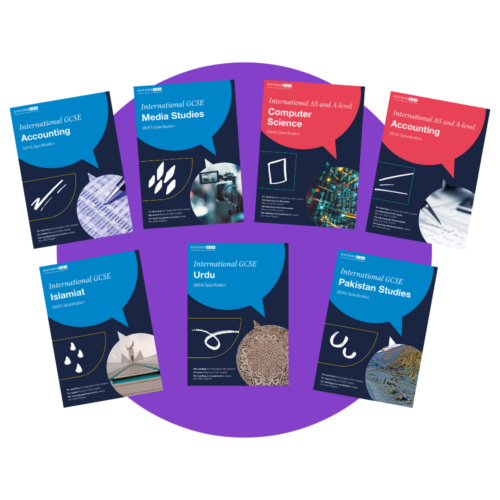
Research shows that students learn best when what they're learning means something to them. But how can you manage this alongside the essential curriculum?
About the author
Jane Adamson is a leading educator and education consultant who specialises in enhancing teacher and student wellbeing and improving teaching and learning through the effective use of technology.
Putting students at the heart of their learning encourages and empowers responsible learners
Student-centred learning fosters an environment where students take an active role in their learning, leading to more meaningful and deeper learning experiences and exponential personal development. This cultivates independent learning, critical thinking and collaboration among students. When connecting learning to real-world contexts, students see how the concepts they’re learning apply to real-life, which instantly makes it both more engaging and more likely to stick.
This power can be built upon by encouraging students to explore and discuss current events or issues related to the subject matter.
The teacher can slowly shift the focus from delivering content to students taking an active role in their learning. This includes facilitating discussions and activities where students drive the conversation and exploration.
As educators, we should provide scaffolded opportunities to support individual learners on their agency and co-agency journeys.
How should we do this?
There are four main methods for teachers to nurture a student-centred classroom environment:
- Agree set goals and milestones for learning with the students. By involving students in goal setting, they take ownership of their learning and tracking their progress, offering feedback and reflection opportunities.
- Offer students choices in their learning materials, topics or projects by allowing them some control when selecting the format for how they may submit their work when completing tasks, such as written essays, presentations or creative projects.
- Provide constructive feedback that helps students understand their strengths and areas for improvement. Incorporate regular self-assessment and reflection activities into teaching.
- Encourage students to become more self-aware, evaluate their own progress, strengths and areas for improvement.
Embedding this into your school
Alongside these methods, the following steps can help build a student-centred environment across classrooms.
- Encourage a growth mindset by praising effort, perseverance and resilience rather than outcomes. Create a classroom culture where mistakes are seen as opportunities for learning and growth. Encourage the students to follow FAIL (First Attempt in Learning).
- Design lessons that pose questions or problems for students to investigate that link to real-life scenarios. This encourages students to ask questions, explore their curiosity and find solutions through research and critical thinking. By guiding them to use techniques such as C3B4ME (“‘see three before me’”) – a method where students use three things in their environment, such as another student, a book or the classroom walls before asking their teacher.
- Create opportunities for students to collaborate on projects or assignments. Emphasise the importance of teamwork, communication and problem-solving skills. Provide support and guidance as needed, gradually giving students more independence as they gain confidence and skills. Use scaffolding techniques to help students access challenging content.
Embracing these approaches helps teachers build stronger relationships with their students. When time is taken to understand individual goals and interests, students feel valued and motivated to engage in the learning process. This connection goes beyond learning and can have a lasting impact on students’ personal growth, fostering self-confidence and a lifelong love of learning.
Adopting a focus on challenge-based learning in your school empowers your students to actively engage with complex problems and develop critical skills. It encourages students to tackle real-world challenges which fosters creativity, problem-solving and collaboration. Students identify problems, propose solutions and work together to implement them. By addressing practical issues, they gain a deeper understanding of subjects, connect what they’re learning in the classroom with the real world and develop a sense of ownership towards their learning.
Challenge-based learning equips students with the skills and mindset necessary for success in the rapidly changing environment of the 21st century, making education a dynamic, meaning and relevant experience.



